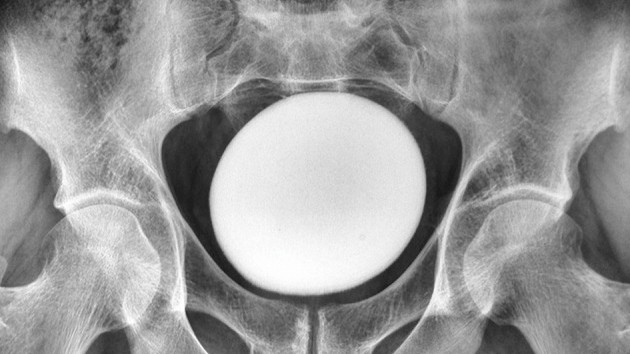How Anesthesia Knocks You Out
During surgery, anesthesia immobilizes a person while putting them in a sleep-like state where there is no awareness and no pain.
But after more than a century of "going under," we still do not fully understand how anesthesia works, said Anthony Hudetz in the Department of Anesthesiology at the Medical College of Wisconsin, Milwaukee.
New research by Hudetz and his colleagues now suggests that anesthesia somehow disrupts information connections in the mind and perhaps inactivates two regions at the back of the brain.
Here's how it works: Think of each bit of information coming into the brain as the side of a die. Then, the first step in consciousness would be to identify which number or state turns up once you throw the die. But you can't identify that number without access to the other faces of the die. That's because every experience, every perception (or number in this example) is connected to all the others. When the faces of the die somehow become disconnected, a person would fall unconscious.
This conception of anesthesia's workings, based on a review of past research along with the researchers' own studies, is detailed in the Nov. 7 issue of the journal Science.
Here's why it matters: In one of every 1,000 to 2,000 operations, a patient may temporarily wake up (regain consciousness) or even remain conscious during surgery, the researchers say. Understanding how anesthetics turn off consciousness could help scientists to develop better monitors for anesthetized patients.
"We can also develop better anesthetic drugs that would target consciousness itself, because today's anesthetics affect every cell in the body," Hudetz told LiveScience. "They suppress the heart and they affect all the major organs; they affect the circulation; they suppress blood pressure, heart rate. And this is tolerable but we mostly operate on injured people and sick people, and in that case these side effects of anesthetics are undesirable and should be minimized."
Get the world’s most fascinating discoveries delivered straight to your inbox.
Jeanna Bryner is managing editor of Scientific American. Previously she was editor in chief of Live Science and, prior to that, an editor at Scholastic's Science World magazine. Bryner has an English degree from Salisbury University, a master's degree in biogeochemistry and environmental sciences from the University of Maryland and a graduate science journalism degree from New York University. She has worked as a biologist in Florida, where she monitored wetlands and did field surveys for endangered species, including the gorgeous Florida Scrub Jay. She also received an ocean sciences journalism fellowship from the Woods Hole Oceanographic Institution. She is a firm believer that science is for everyone and that just about everything can be viewed through the lens of science.


